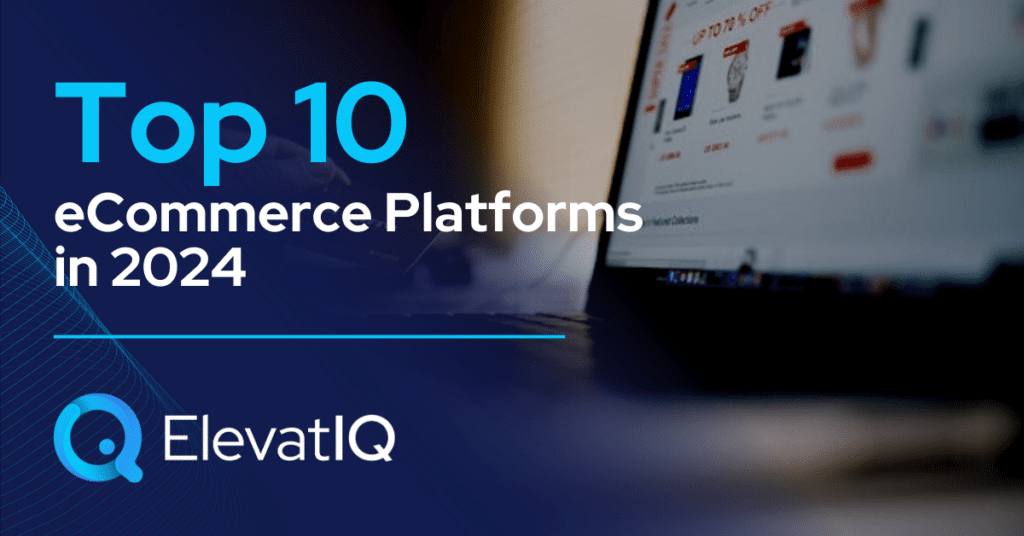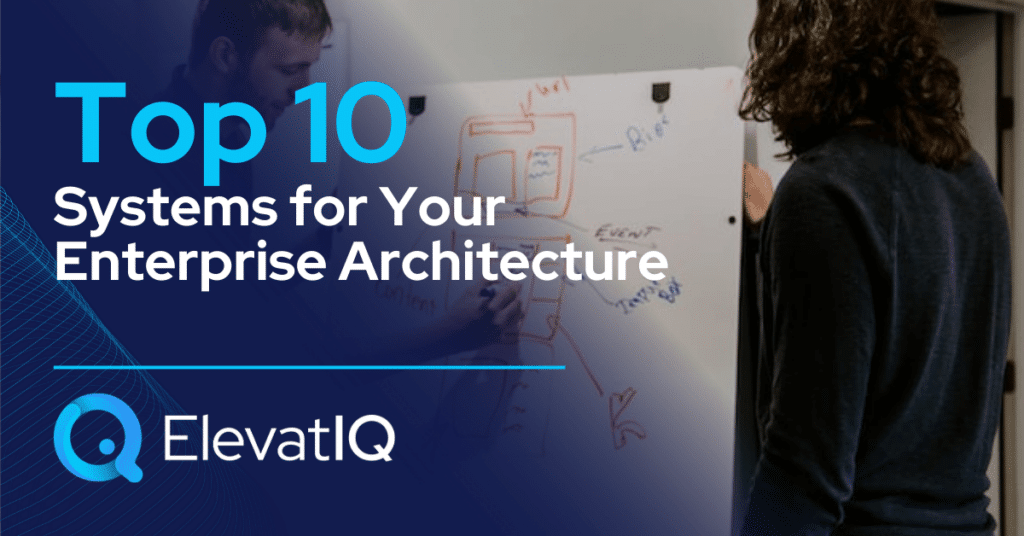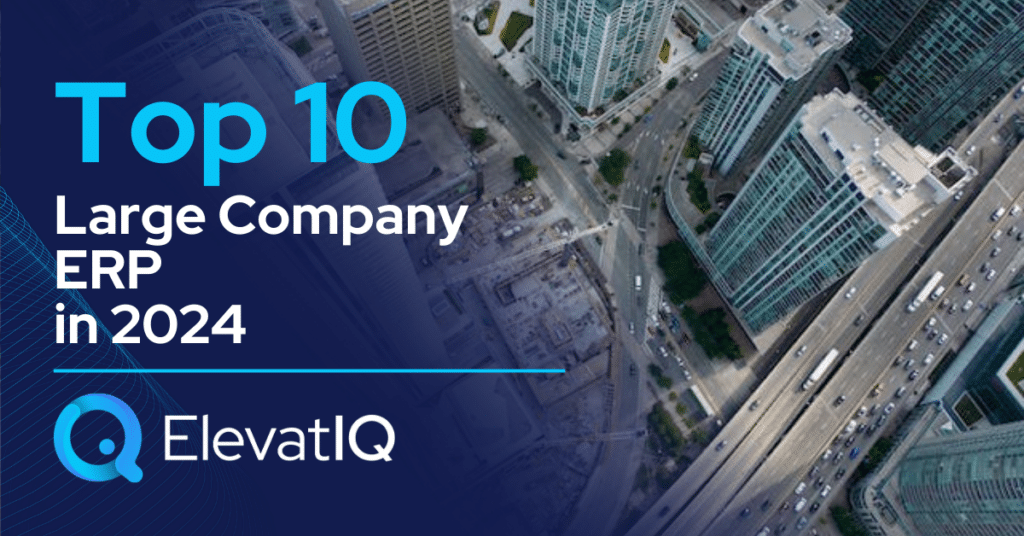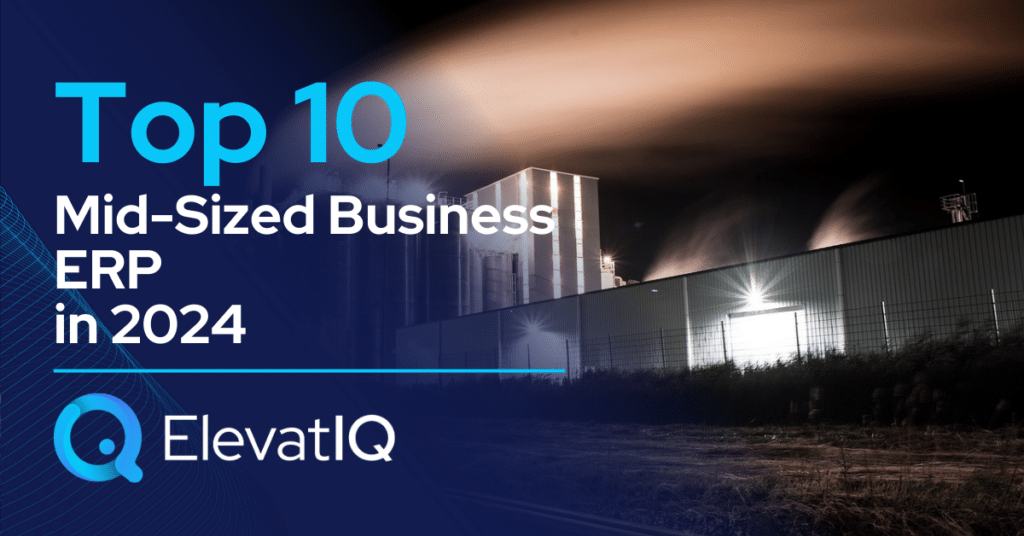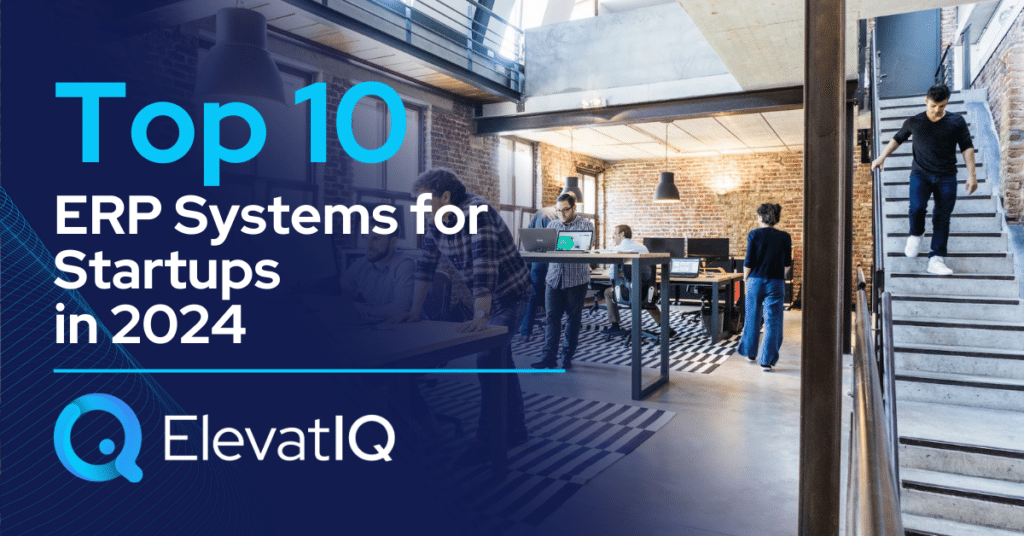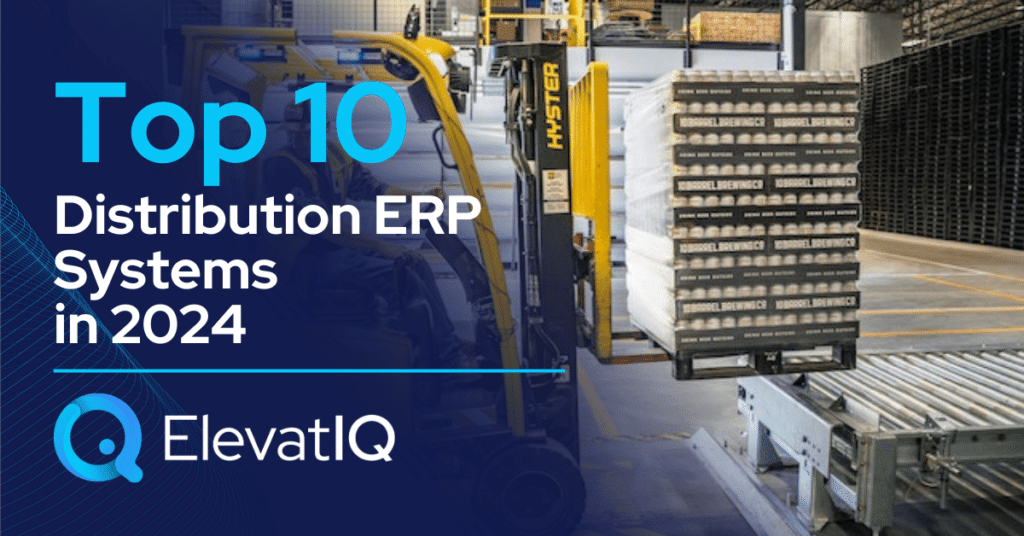Top 15 Reasons for Digital Transformation Failure
Most executives are afraid of digital transformation. And I don’t blame them–with the amount of undertaking required for such projects. Not to mention that it took a long time for companies to understand – that digital transformation projects are not meant to be technology projects (The initiatives that developers can code in their backyard. The …
Top 15 Reasons for Digital Transformation Failure Read More »



